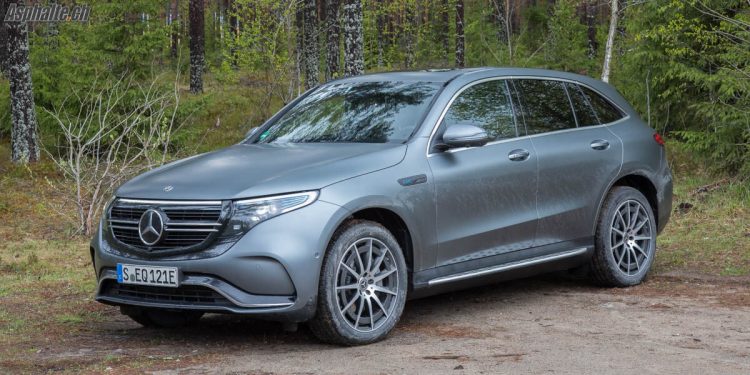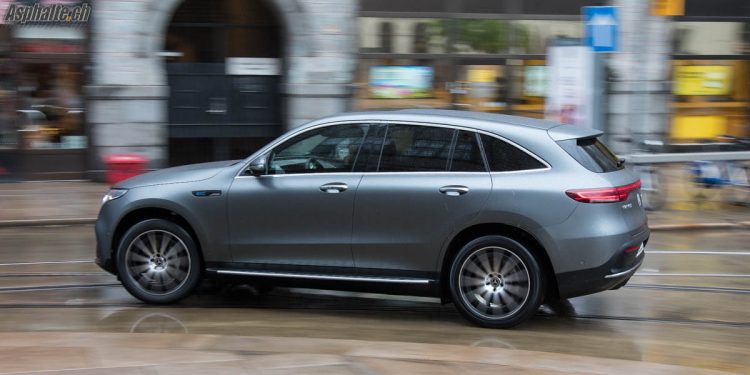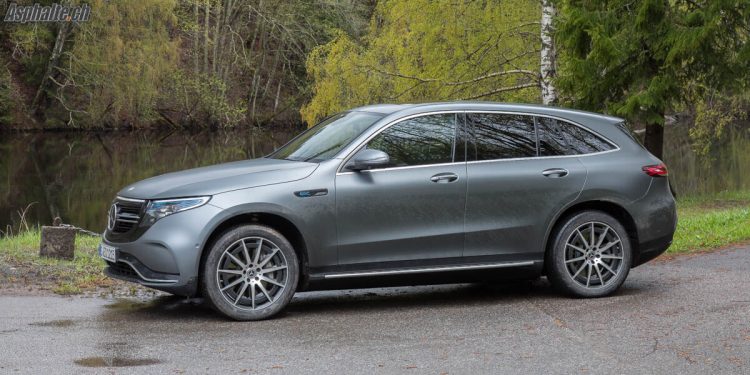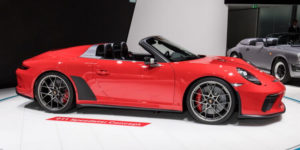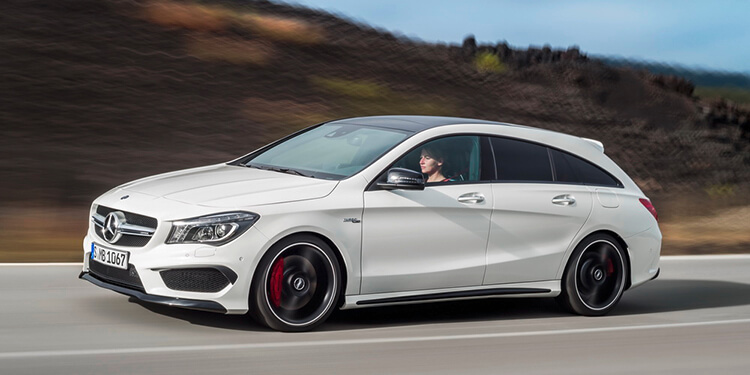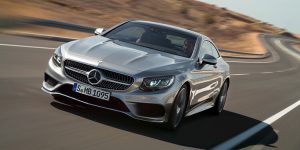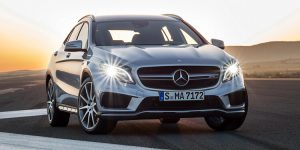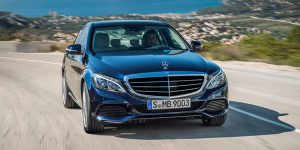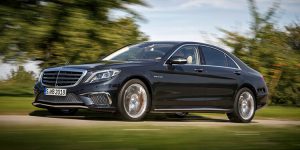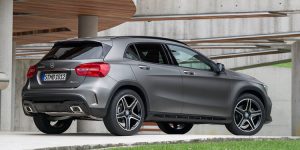Road Test Mercedes EQC 400 4 Matic: opening salvo
Our test conditions made it difficult to verify to record a depletion curve and estimate range in real life conditions. Norwegian Freeways are limited to 100 km/h, and speed restrictions on twistier roads border on comical. The “realistic” figures claimed by Mercedes (260-370 km) appear plausible. The Cx value of 0.28 is not groundbreaking, but usefully improved over the GLC (0.31). A version of the EQC with 0.27 Cx will be launched in the fourth quarter of 2019.
Mercedes does not shy away from presenting more extreme driving scenarii, such as very cold winter conditions: 5 kW go into heating up the cabin, another 5 kW keep the battery warm. On a 2x 20 km daily commute in 30 minutes each way, and with a 20 kWh/100 km consumption at an average speed of 60 km/h, the heating functions (10 kWh) draw more energy than the driving component (8 kWh). In this extreme case, range would fall down to 180 km …
Mercedes had a clear price target of less than 60’000€ ex-VAT for the german market in order to qualify for the EV government incentives. In Switzerland, the EQC is priced from 84’900 CHF, which could appear high against the i-Pace/e-tron duo, but standard equipment is generous. Except for particular upholstery, no option appears mandatory for a sensible configuration.
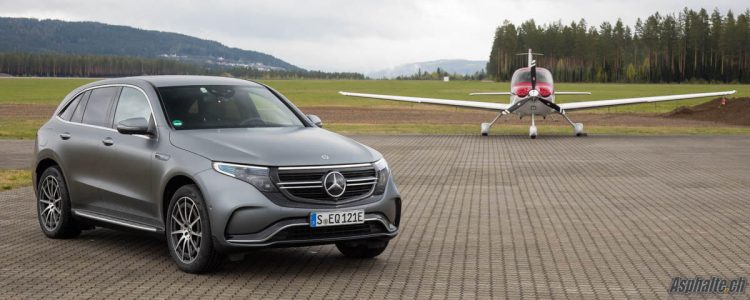
This “all inclusive” pricing, uncommon with Mercedes, gives the impression that the EQC is pricey, but upon further examination, its positioning is quite competitive against the i-Pace. The EQC does not suffer from particular weaknesses and will deliver to customers willing to embrace electro-mobility a robust experience. The EQC is the opening salvo from Mercedes: no less than 10 electric cars are in development, including an EQS, EQE and the production version of the EQA shown in Francfort in 2017.

